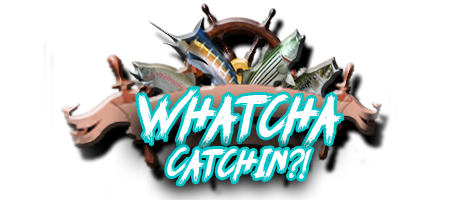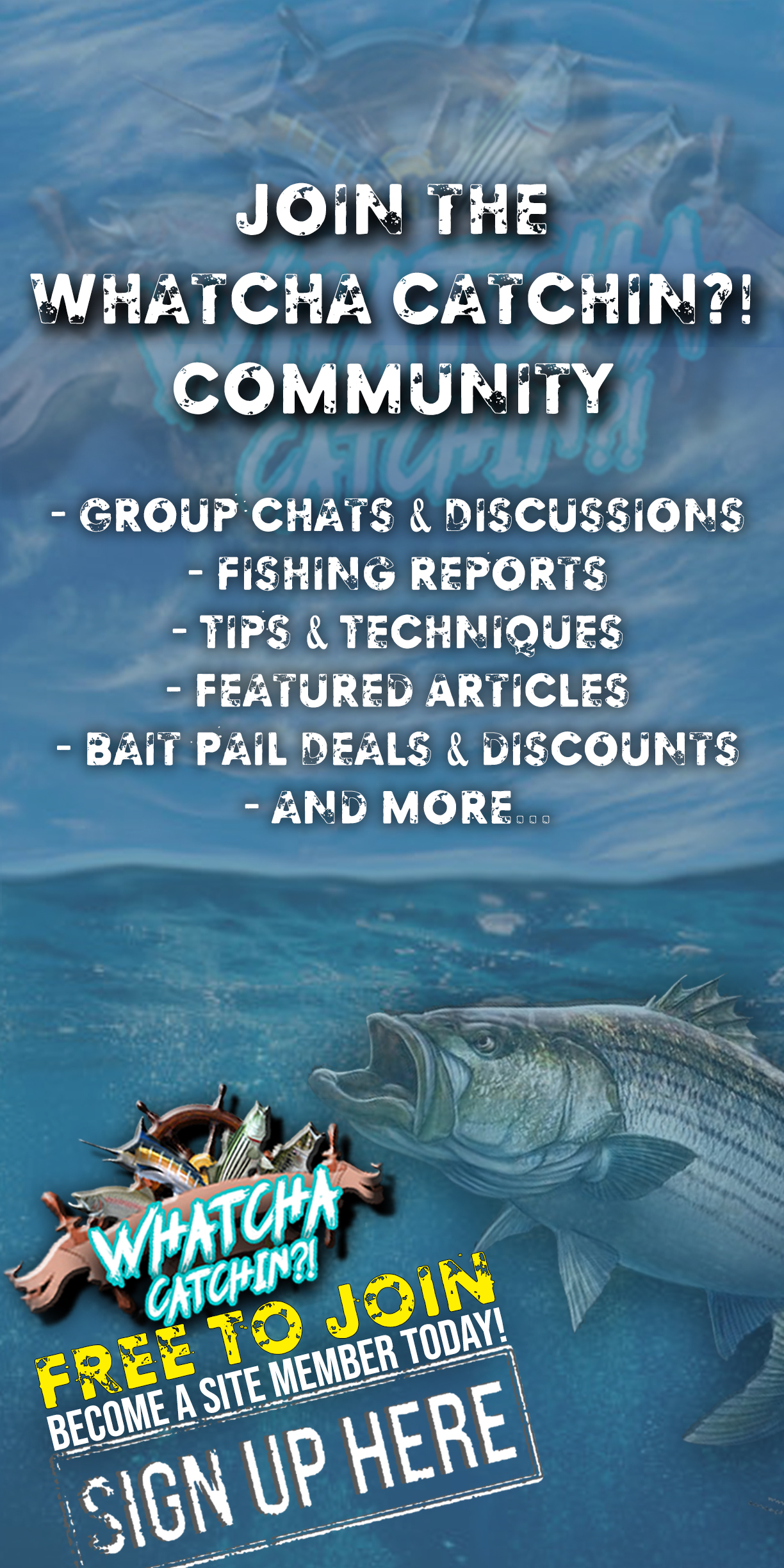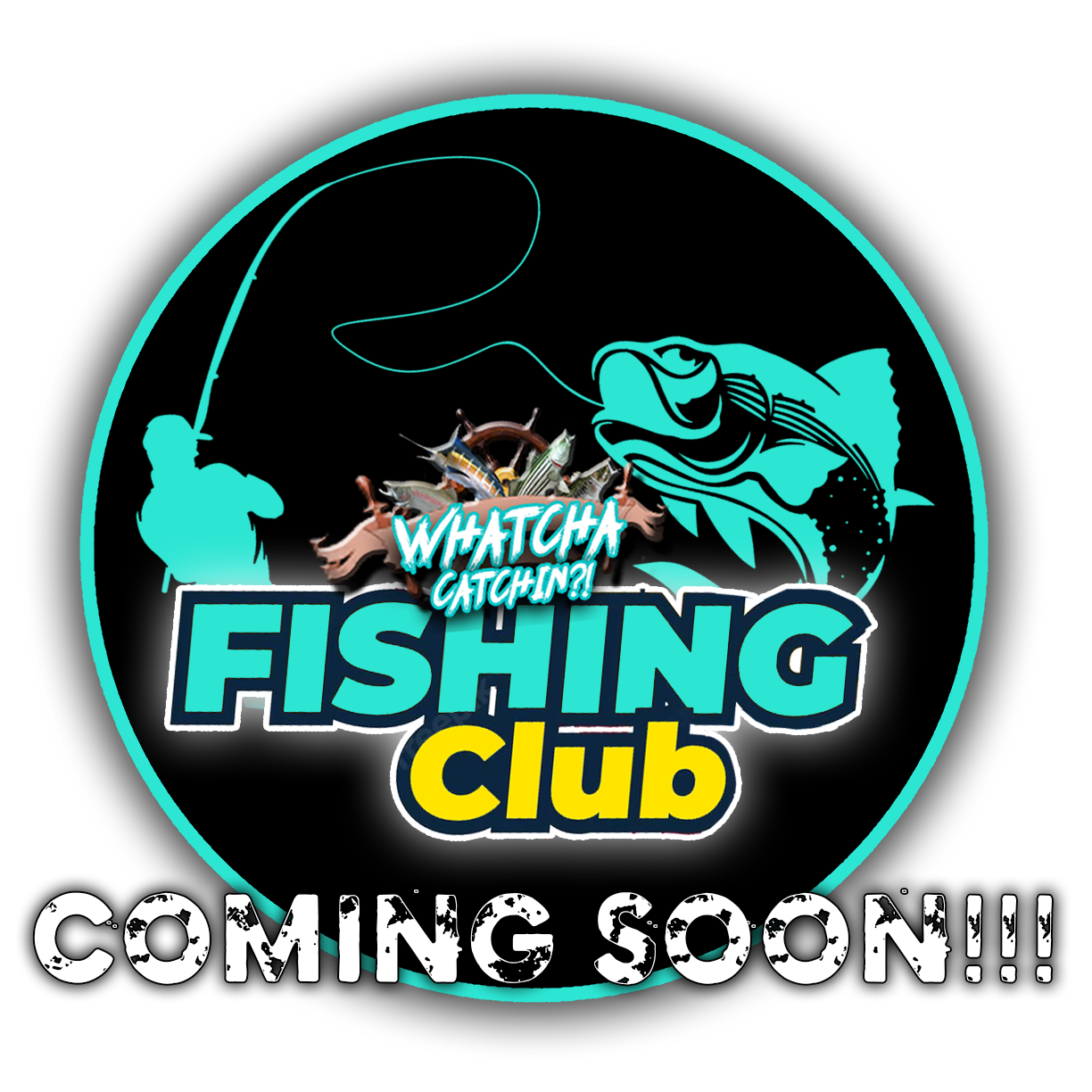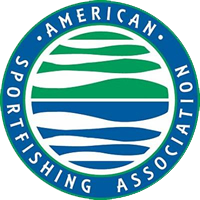BEMIDJI, MN – No lure has advanced walleye fishing more than Northland’s original Fire-Ball® Jig. The proof is at the podium, too, the transformative jig earning payday after payday for professional and amateur tournament anglers alike. The recreational angler is a winner as well, winnings piling up in the form of luscious fillets in the fryer.
Intelligent Design
Chin-hook a minnow on your typical longer shanked jig and the bait flails behind flopping unnaturally, the minnow losing color and posture as it’s essentially beaten to death. The awkward separation between the jig and head of the minnow also creates a blurred target for fish, sometimes resulting in whiffs. Conversely, the Fire-Ball jig unifies the components, the mouth of the minnow pinned directly to the jig head. The minnow tracks in perfect synchronicity with the jig, yielding a bullseye for bites.
Hooking percentages are further elevated due to the Fire-Ball’s ridiculously sharp, short-shanked hook, which is upturned for a better hooking angle. You’ll also notice that the hook is molten into the topside of the Fire-Ball’s perfectly round head. This causes the hook to tilt skyward, the minnow angled off the bottom for easier eating. And for those times when minnows are constantly coming back skinned, the Fire-Ball features an eye on its bottom-side for attaching a Northland Sting’r Hook. Shy biters beware…
Bros is a Baller
For Northland pro and jigging savant Brian “Bro” Brosdahl, the Fire-Ball Jig is indispensable. “It’s my anytime, always and forever jig,” said Bro, who has caught more walleyes on the Fire-Ball than all other varieties combined. “Seriously, the Fire-Ball never fails.”
Perhaps the brightest limelight showers the Fire-Ball Jig in the spring of the year. Post-spawn walleyes ravage the shallows, capitalizing on the varieties of shiner and dace – even shad in some fisheries – that are up to spawn. So, give the walleyes what they want: minnow meat on a Fire-Ball.
Fire-Ball applications are manifold, too. With cooperative weather conditions, Bro’s first pick is pitching. “Can’t beat pitching Fire-Balls in the shallows for spring walleyes. That means the 6-to-12-foot range.” And where? “Specific locations really depend on the lake, but there are consistent, universal structures. Shoreline rocks and gravel, emerging weeds, creek and river mouths, and shallow bars and points are always good as starters.”
Bro’s technique is easily mimicked, too. No complex jigging sequences. He flings the Fire-Ball on a long cast, contacts the bottom, and slow hops it back to the boat. It’s all about finding fishy spots. If walleyes are present, strikes are nearly certain. If by chance they aren’t walloping it, more of that “wet sock” feel, Bro feels for the rod to load and then sweep sets.
Drifting and jigging is another popular springtime pattern, the wind and wave action doing the heavy lifting. Here, Bro flings the Fire-Ball similarly, letting the momentum of the boat replace the retrieve. The key being jig management. “Drifting doesn’t mean throwing the bait out and hoping for the best. It’s interactive. You must keep constant contact with the jig, feeling every bottom bump or when it gets hung with weeds. Get to know what that specific jig weight feels like on the rod and line you’re using. Slack line and daydreaming means stripped minnows and missed fish.”
Putting a perfectly paired rod, reel and line to work is essential, too. Bro suggests a 7’, medium-power, moderate-action spinning rod. St. Croix’s affordable Eyecon ET70MM is ideal. He mounts a 2000 size spinning reel like Daiwa’s price conscious Fuego LT or Tatula. He brandishes multiple combos, too, some spooled with Sunline fluorocarbon and others with Sunline superline with fluorocarbon leaders. Six-pound is surefire with fluorocarbon. Think 10- or 15-lb. with braided line.
To reduce the frequency of misses, Bro rigs his Fire-Ball for success. “You can get away with running the hook through the chin and snout of the minnow because of the short-shank, but to really increase your odds, run the hook through the minnow’s mouth and out the back of its head. That unites the jig and bait and puts the hook closer to a striking walleye. Plus, even when the minnow dies, it reanimates and still looks natural moving in concert with the Fire-Ball.”
“And I almost forgot. Hooking through the mouth and out the back of the head also adds sturdiness. The minnow doesn’t fly off on the cast. And your odds are better for keeping the bait on the hook if a walleye does hit and miss. Saves bait.”
The Nitty Gritty
Size-wise, Bro employs just enough heft to communicate with the bottom. Factors like wind, waves and depth ultimately dictate jig size. In the spring, Bro ties-on 1/16- and 1/8-ounce Fire-Balls, upgrading to a ¼-ounce in gales or if the walleyes are ranging deeper. His golden rule is using just enough weight to find and keep the bottom.
Second to deploying the proper weight is color selection. Walleyes can differentiate colors, so it does matter. Invariably, there’ll be a hot color of the day. Moreover, some colors have historical success on certain bodies of water, so ask around.
In Bro Country, as it’s known colloquially, brighter Fire-Ball patterns are the cat’s pajamas. Some of Bro’s top picks are Parrot, Parakeet, Firetiger, Glow Rainbow and Bubblegum. He’s a believer in contrast colors, and really leans on the greens.
The Fire-Ball isn’t exclusive to minnows and walleyes, either. As summer progresses, Bro will fix them with leeches and half-crawlers. The Fire-Ball is also a nemesis to plus-sized perch, papermouths, and silverback bluegills.
Available in 18 proven colors, the Fire-Ball Jig comes in seven sizes, from 1/16th-ounce to the ½-ounce depth charge. Fire-Ball Jigs are carded in 2, 3, 4, 5, and 6 pieces, as well as a 25-jig family pack. And if handpicking sizes and colors isn’t your thing, experiment with the now-available 144-piece assortment kits.
May the Fire-Ball be with you…always.













